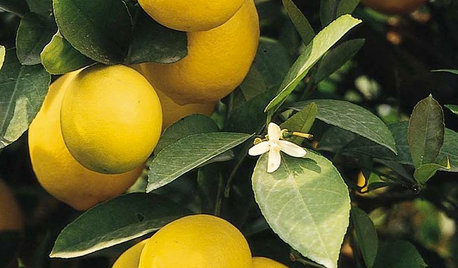Gladiolus, anyone?
John - 6b/7a NJ
23 years ago
Related Stories

CALIFORNIA GARDENINGCalifornia Gardener's February Checklist
Celebrate 5 California classics: plants that defy winter with bright flowers, luscious fragrance and, for some, delicious taste
Full Story
GARDENING GUIDESOh, Deer! 10 Native Flowers That Stand Up to the Herds
Keeping a garden amid hungry deer can be hard, but these plants should fare well
Full Story





Lowell - 5WA
John Boggan - Washington, DC
Related Professionals
Manchester Landscape Contractors · Cedar Hill Landscape Contractors · Hannibal Landscape Contractors · Mahwah Landscape Contractors · Matteson Landscape Contractors · Mendota Heights Landscape Contractors · Miller Place Landscape Contractors · Palos Verdes Estates Landscape Contractors · Tuscaloosa Landscape Contractors · West Haverstraw Landscape Contractors · Centreville Carpenters · Evergreen Park Carpenters · Bartlesville Fence Contractors · Canton Fence Contractors · Tucson Fence Contractorstanya
keking
keking
laurentl
frederico
hairmetal4ever
keking
BrianB
orchidsrule